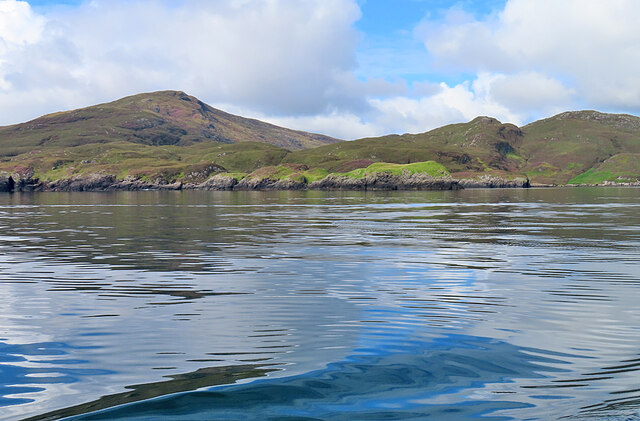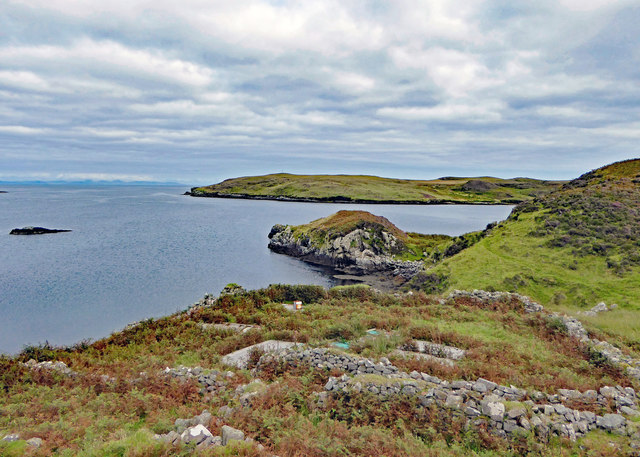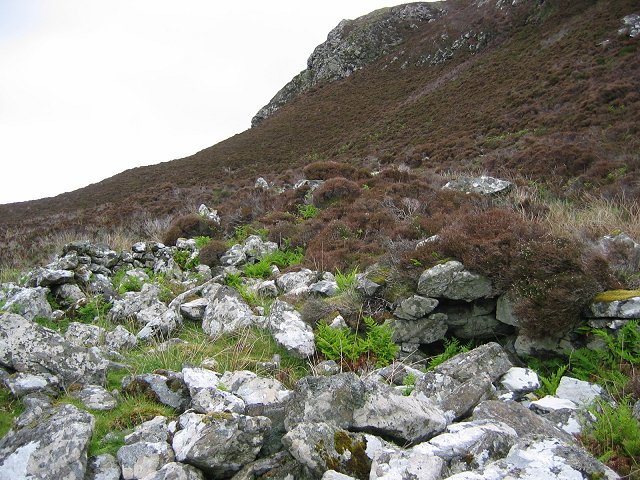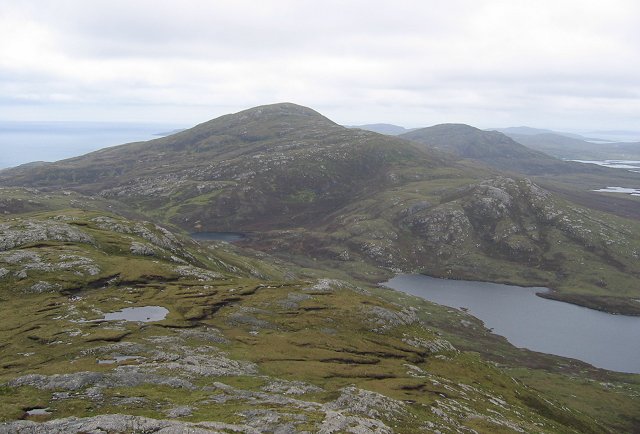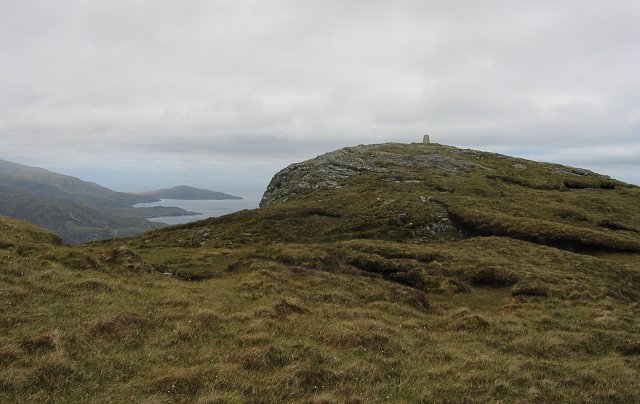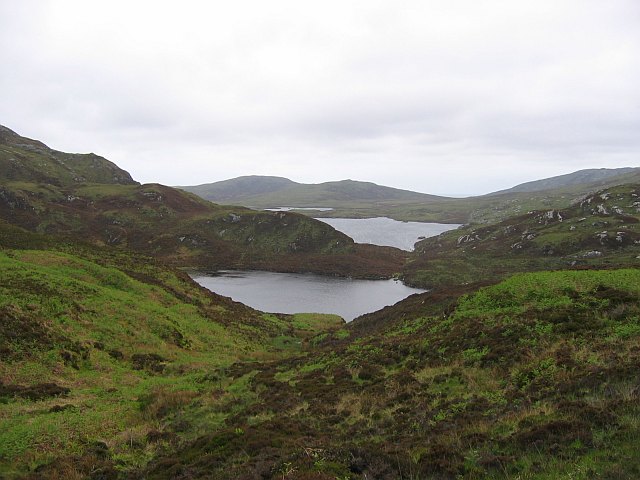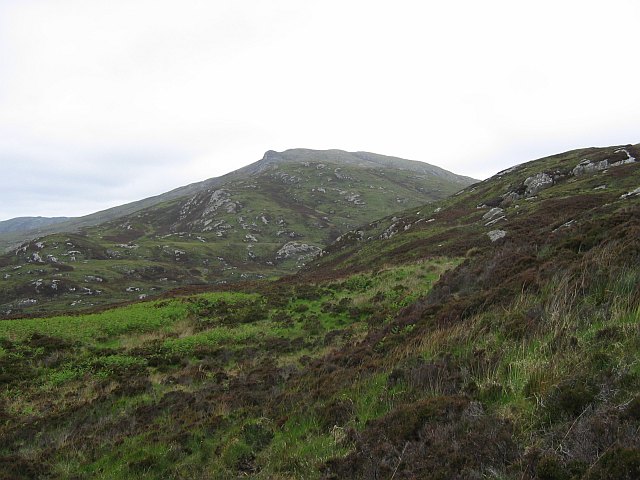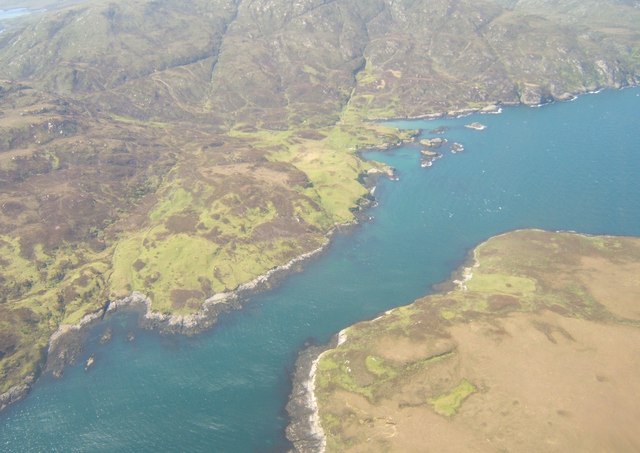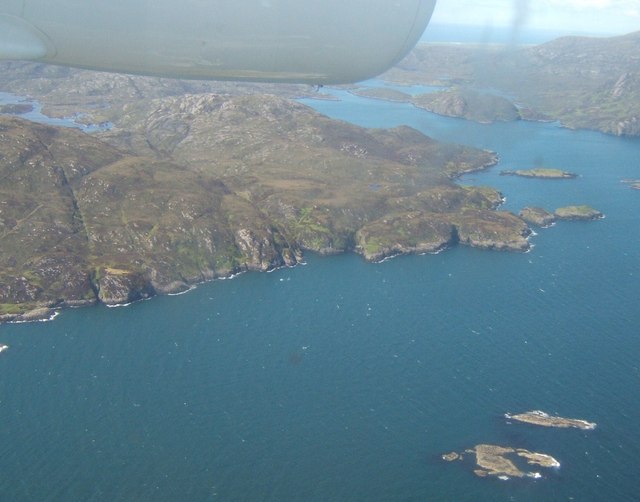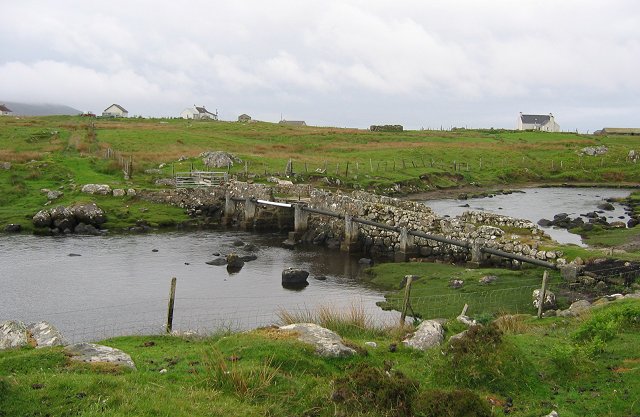Sloc an Duilisg
Bay in Inverness-shire
Scotland
Sloc an Duilisg

Sloc an Duilisg, also known as Bay in Inverness-shire, is a stunning coastal area located on the west coast of Scotland. This beautiful bay is nestled between the small village of Poolewe and the larger town of Gairloch. Sloc an Duilisg is renowned for its breathtaking natural beauty and is a popular tourist destination.
The bay is surrounded by majestic mountains and offers spectacular views of the Isle of Skye, making it a paradise for nature lovers and photographers. The crystal clear waters of the bay are perfect for swimming, kayaking, and other water sports, while the sandy beaches provide a tranquil spot for sunbathing and picnicking.
Sloc an Duilisg is also home to a wide variety of wildlife, including seals, otters, and a diverse range of bird species. Birdwatchers flock to the area to catch a glimpse of rare and migratory birds that visit the bay. The bay is also a great spot for fishing enthusiasts, with an abundance of salmon, trout, and other fish species.
For those seeking adventure, there are numerous hiking trails in the surrounding area, offering stunning views and opportunities to explore the rugged Scottish countryside. The nearby Inverewe Garden, with its exotic plants and stunning landscape, is a must-visit attraction for visitors.
Overall, Sloc an Duilisg, Inverness-shire is a hidden gem on Scotland's west coast, offering a perfect blend of natural beauty, wildlife, and outdoor activities. Whether you are looking for relaxation or adventure, this bay has something for everyone.
If you have any feedback on the listing, please let us know in the comments section below.
Sloc an Duilisg Images
Images are sourced within 2km of 57.197224/-7.2645029 or Grid Reference NF8224. Thanks to Geograph Open Source API. All images are credited.


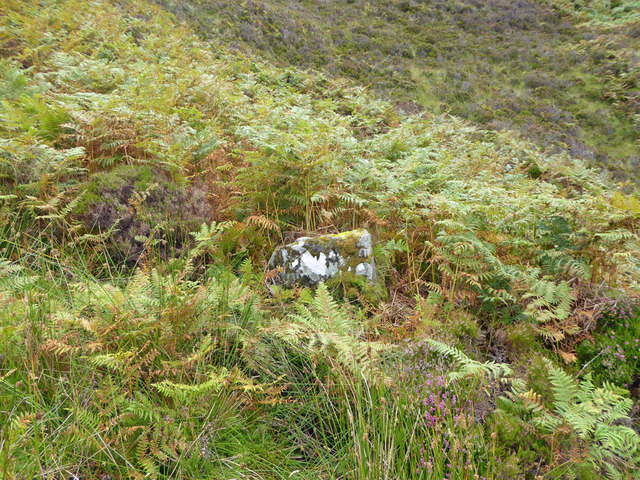
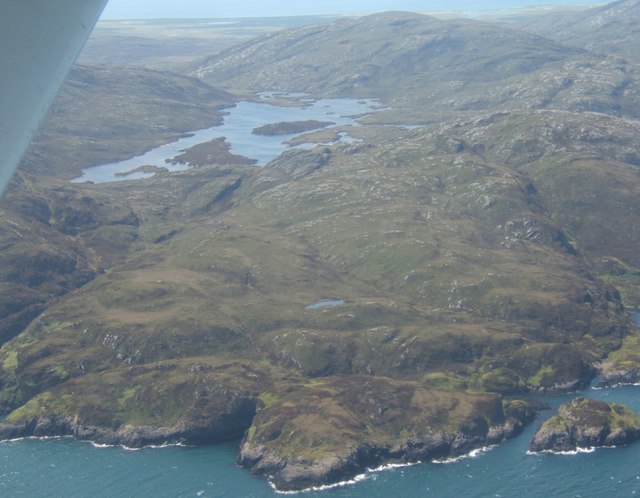
Sloc an Duilisg is located at Grid Ref: NF8224 (Lat: 57.197224, Lng: -7.2645029)
Unitary Authority: Na h-Eileanan an Iar
Police Authority: Highlands and Islands
What 3 Words
///described.awoke.putter. Near Lochboisdale, Na h-Eileanan Siar
Nearby Locations
Related Wikis
Stuley
Stuley is an island lying to the east of South Uist in the Outer Hebrides, Scotland. It lies off the section of coastline between Loch Eynort and Loch...
Beinn Ruigh Choinnich
Beinn Ruigh Choinnich is a hill which overlooks the port of Lochboisdale on the east coast of the island of South Uist in the Outer Hebrides Scotland....
Auratote
Auratote (Scottish Gaelic: Oratobht) is a location on South Uist in the Outer Hebrides, Scotland. Auratote is within the parish of South Uist. == References... ==
Lochboisdale
Lochboisdale (Scottish Gaelic: Loch Baghasdail [ɫ̪ɔx ˈbɤːs̪t̪ɪl]) is the main village and port on the island of South Uist, Outer Hebrides, Scotland. Lochboisdale...
Nearby Amenities
Located within 500m of 57.197224,-7.2645029Have you been to Sloc an Duilisg?
Leave your review of Sloc an Duilisg below (or comments, questions and feedback).
